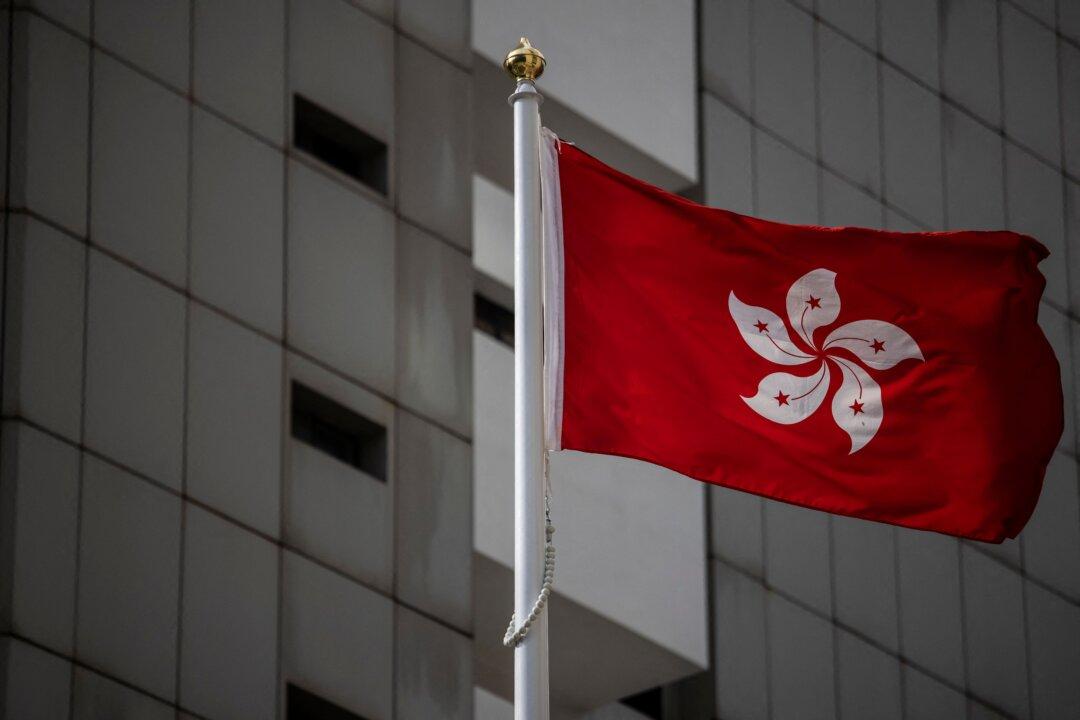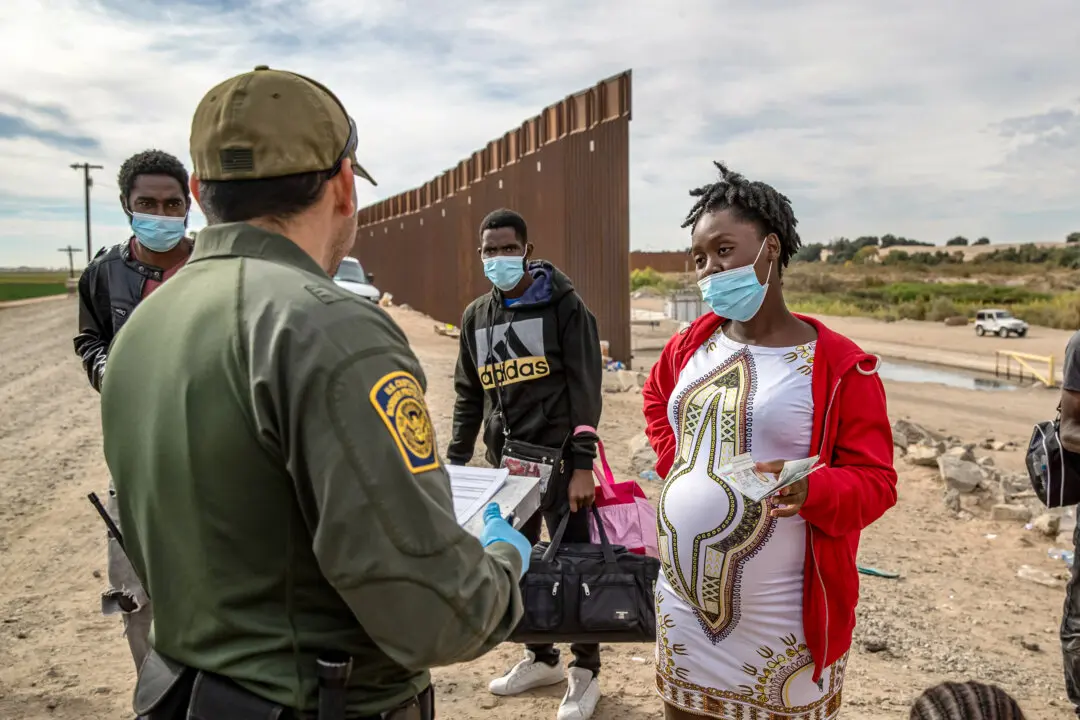Indian and Chinese troops scuffled along the disputed Himalayan border on Dec. 9 as the latter attempted to transgress Indian territory, resulting in minor injuries on both sides, India’s defense minister said on Tuesday.
India’s Defense Minister Rajnath Singh said that Chinese troops attempted to “unilaterally change the status quo” by crossing the line of actual control (LAC) at the Tawang Sector in India’s northeastern territory of Arunachal Pradesh, which borders southern China.





